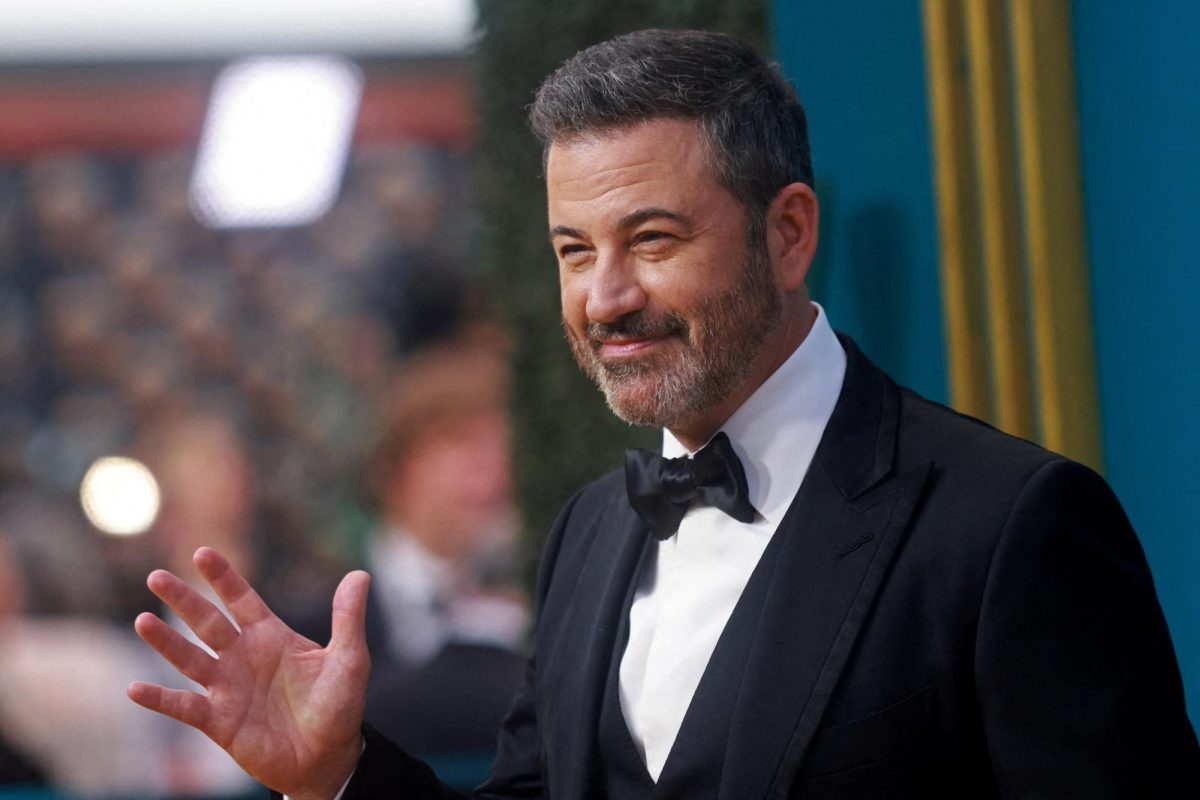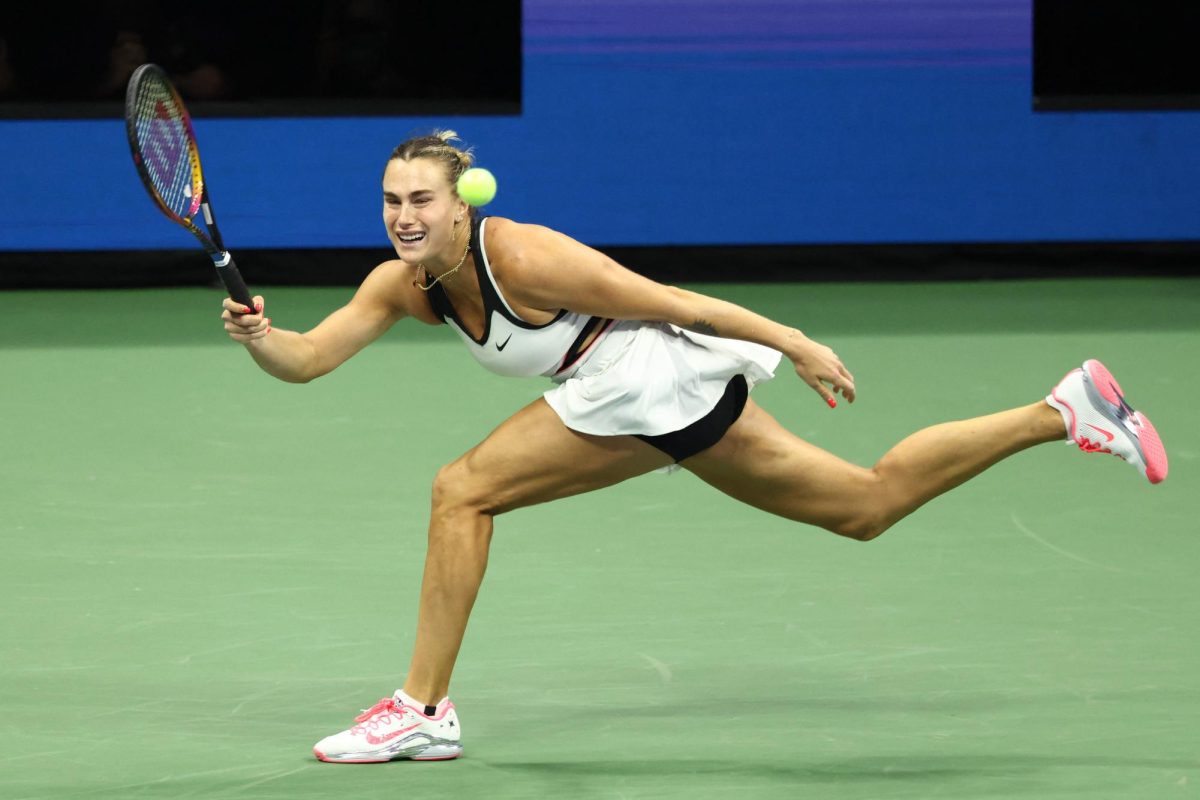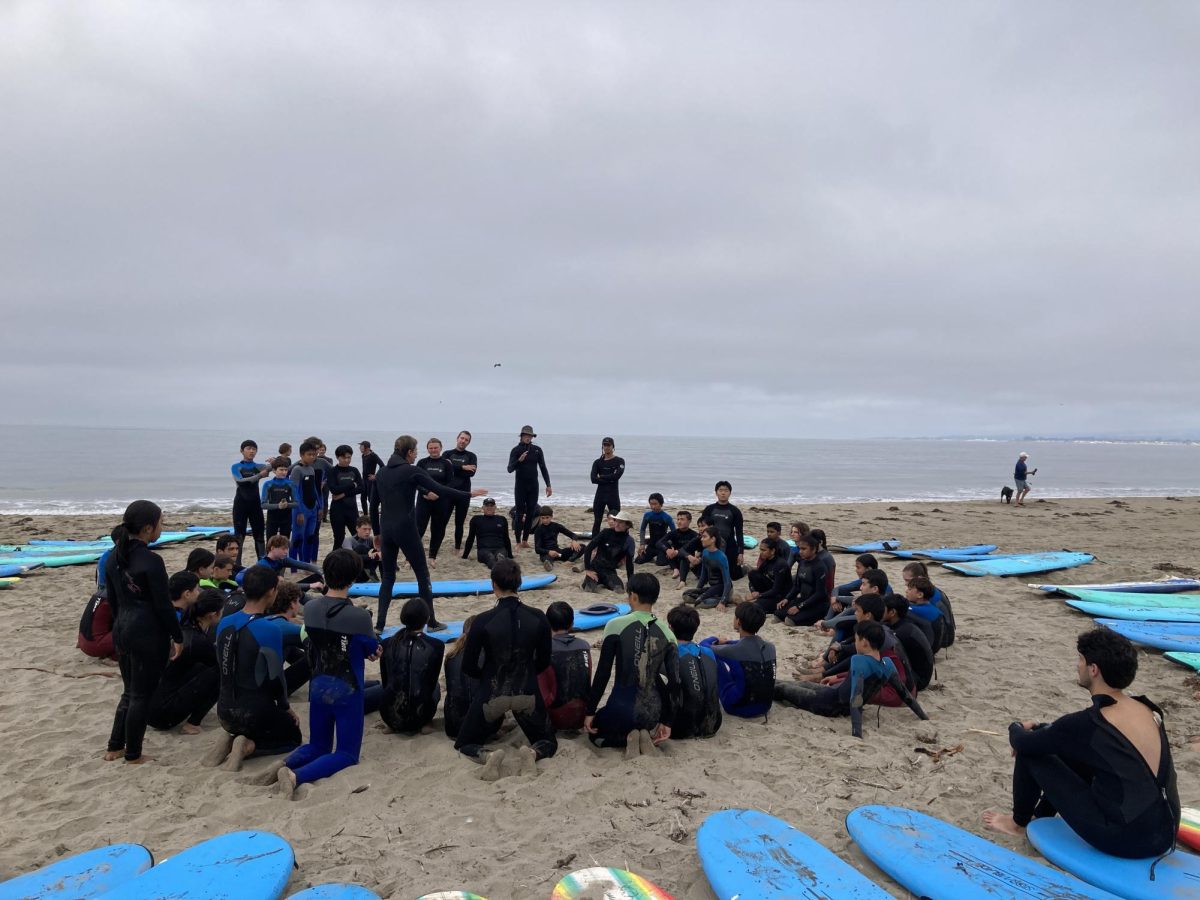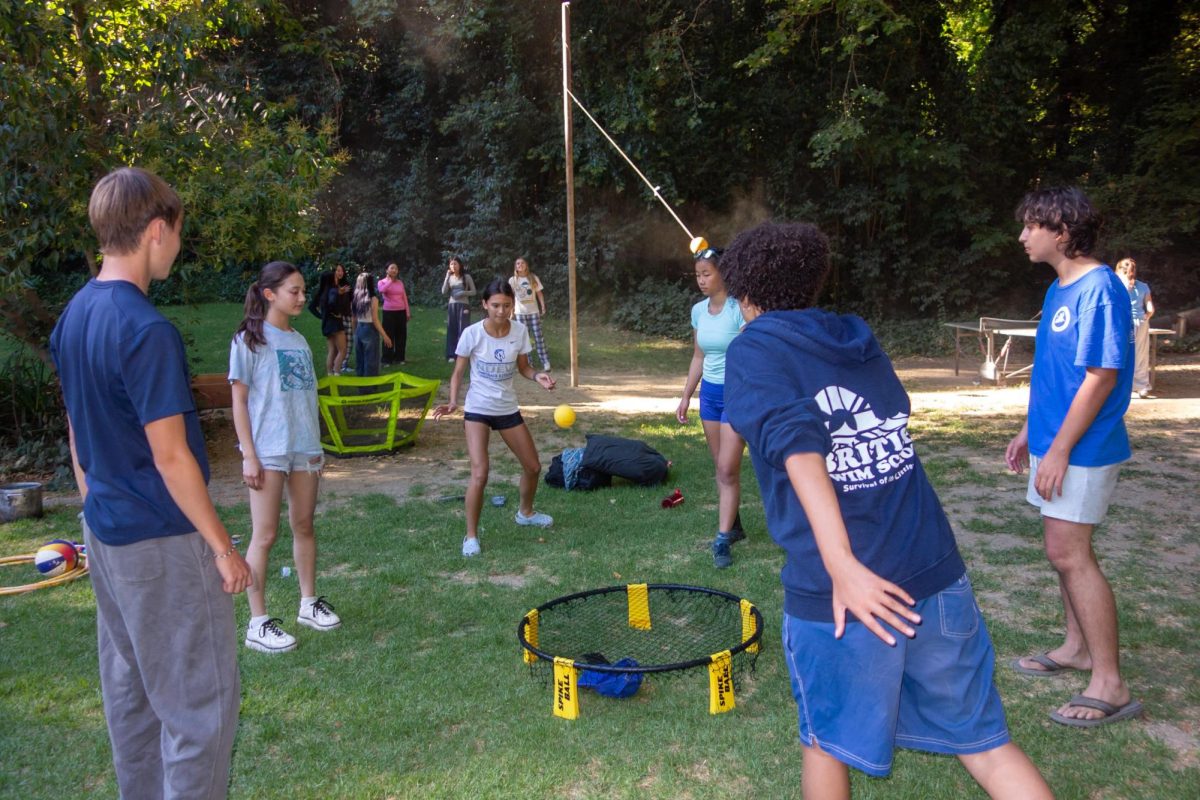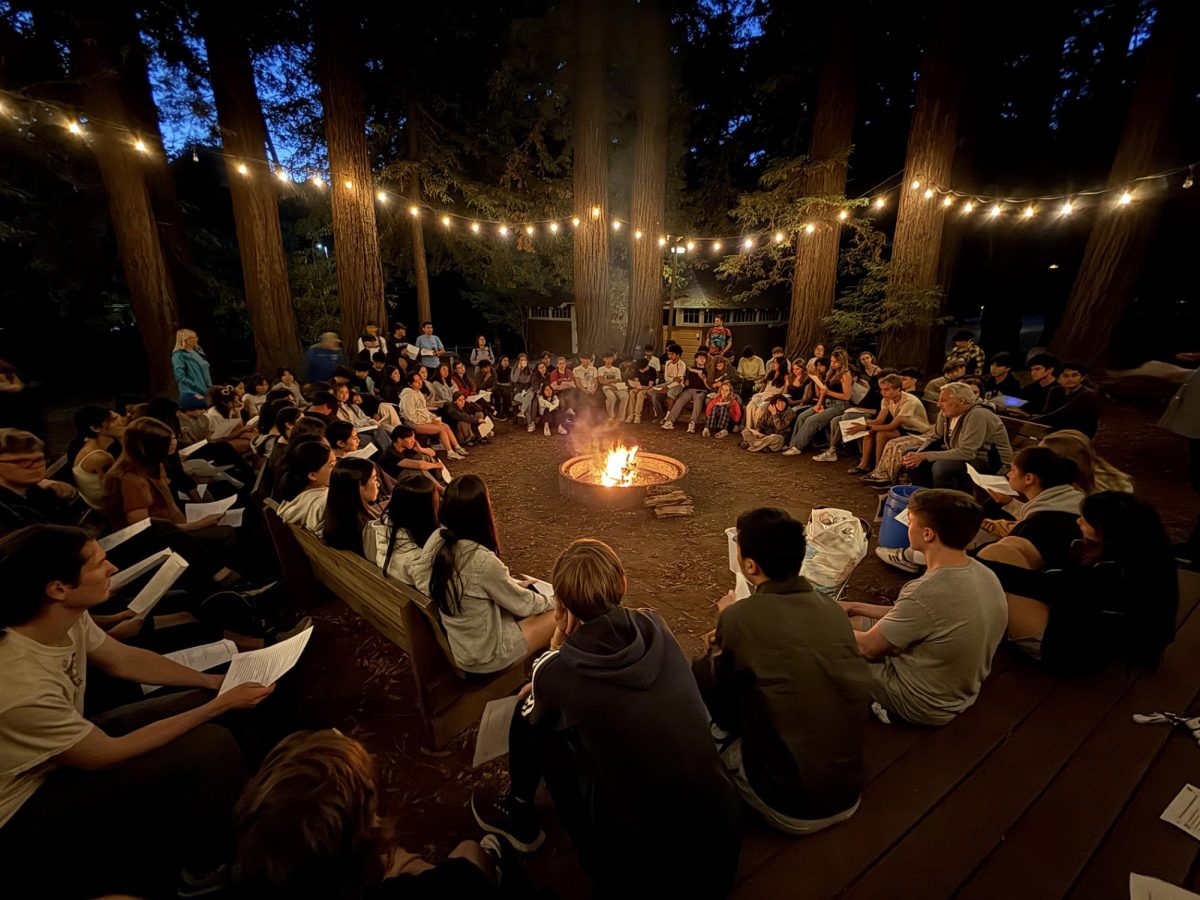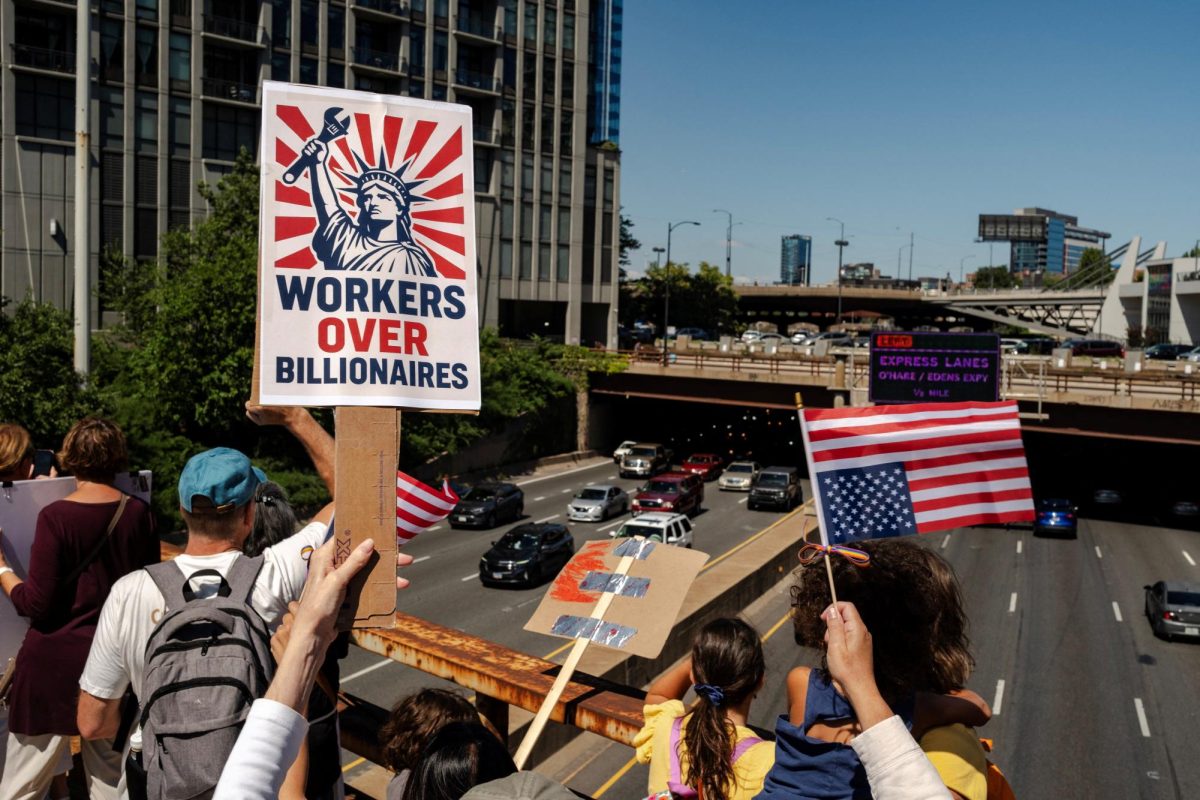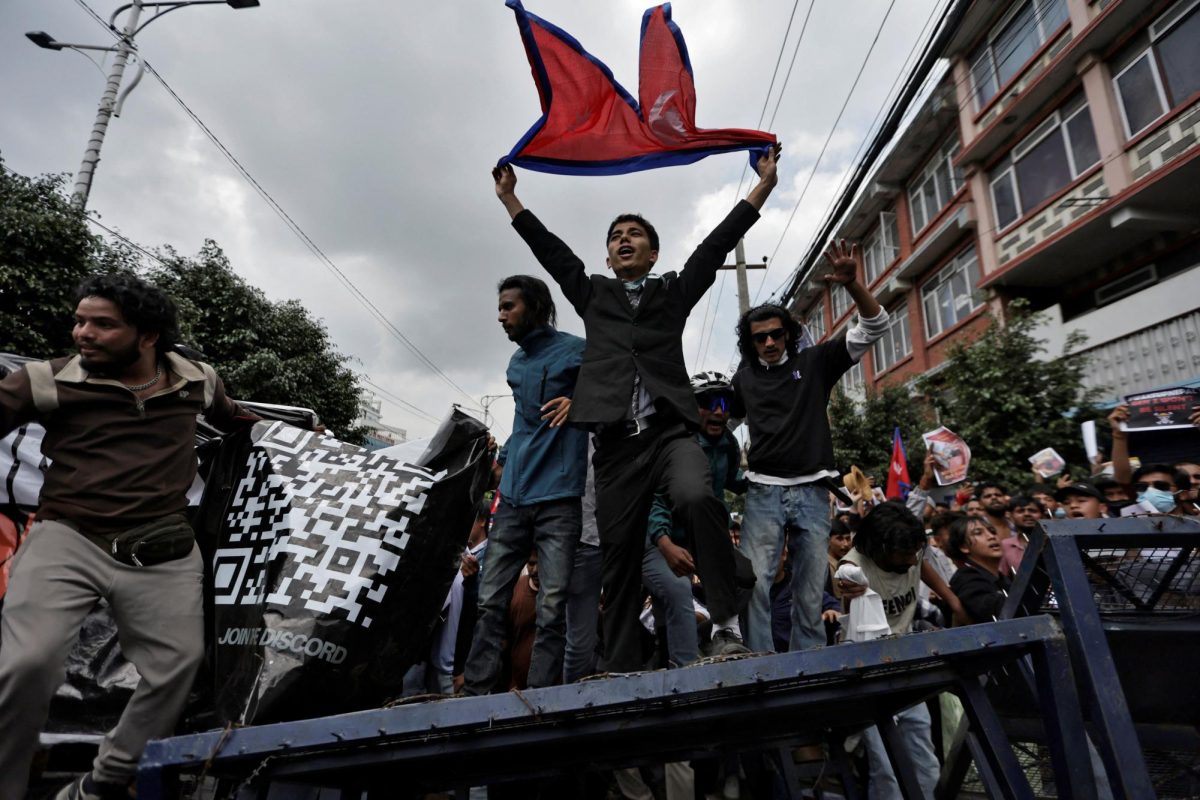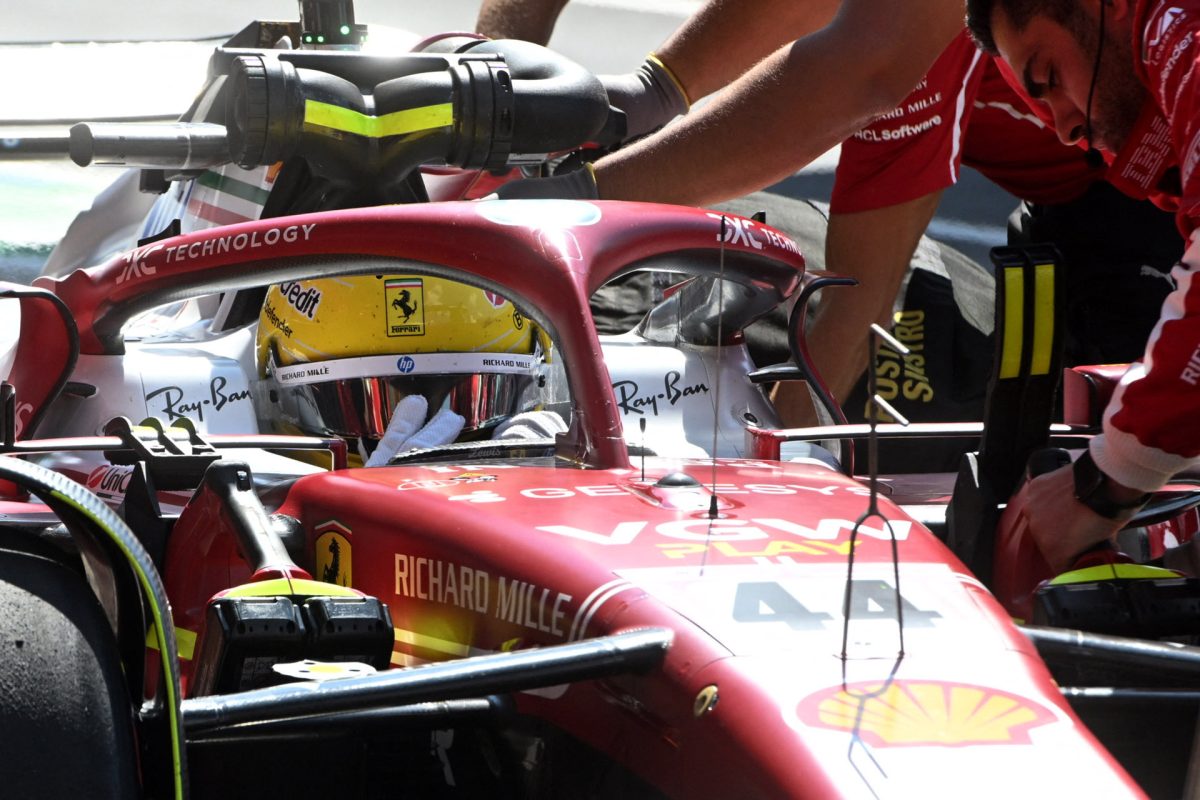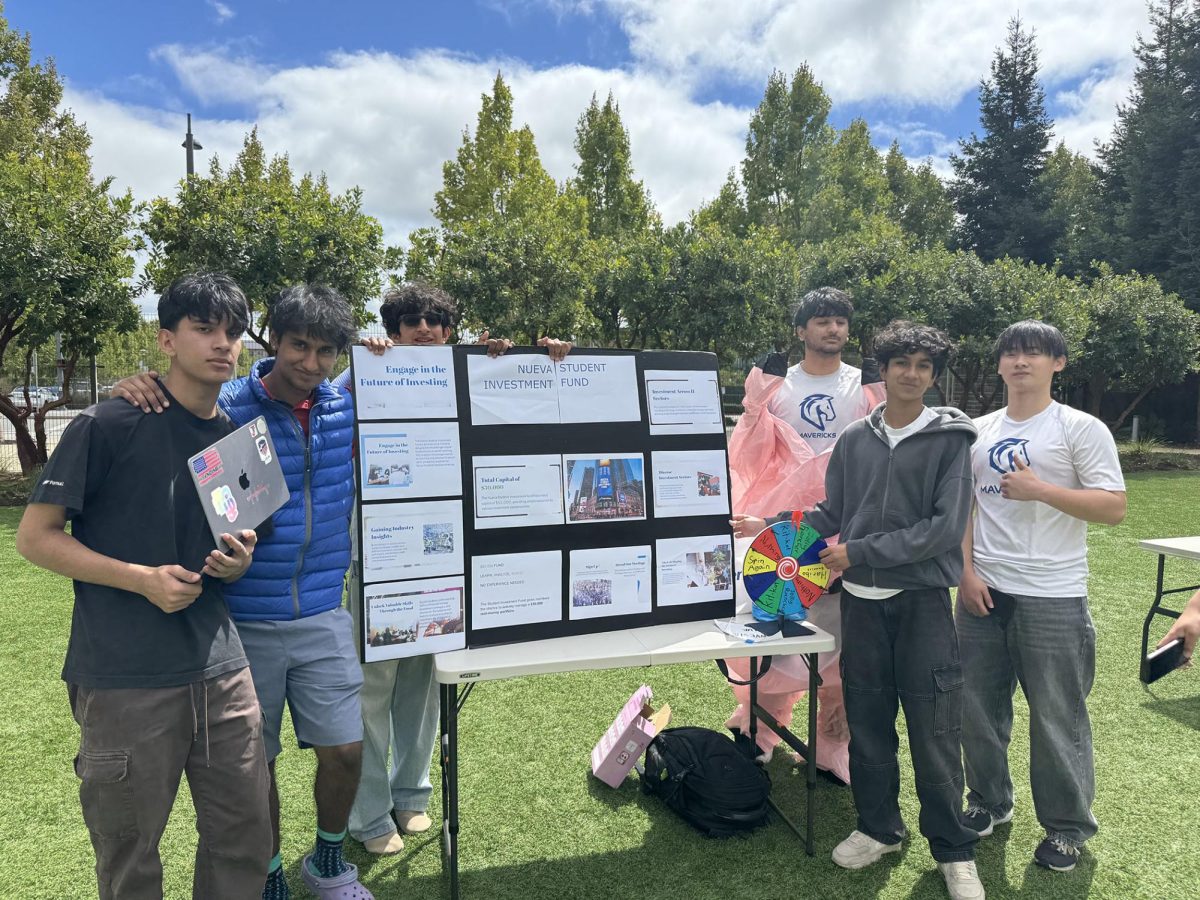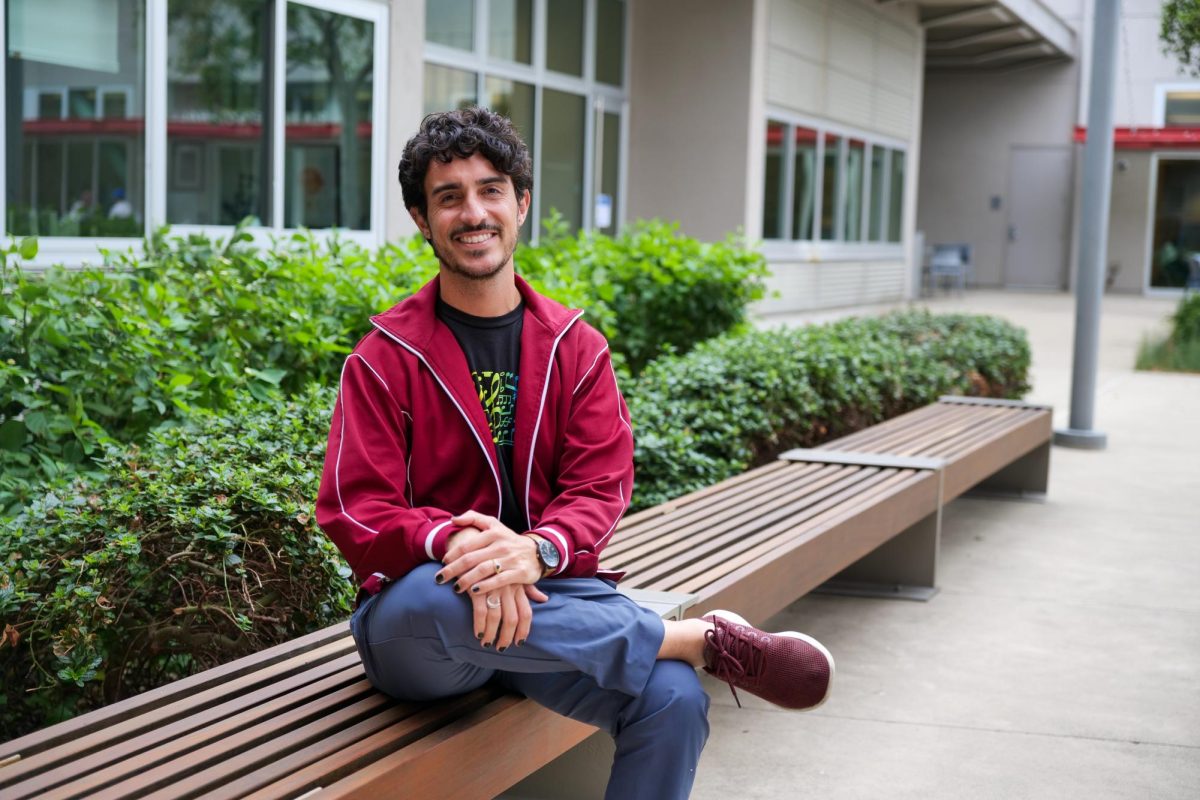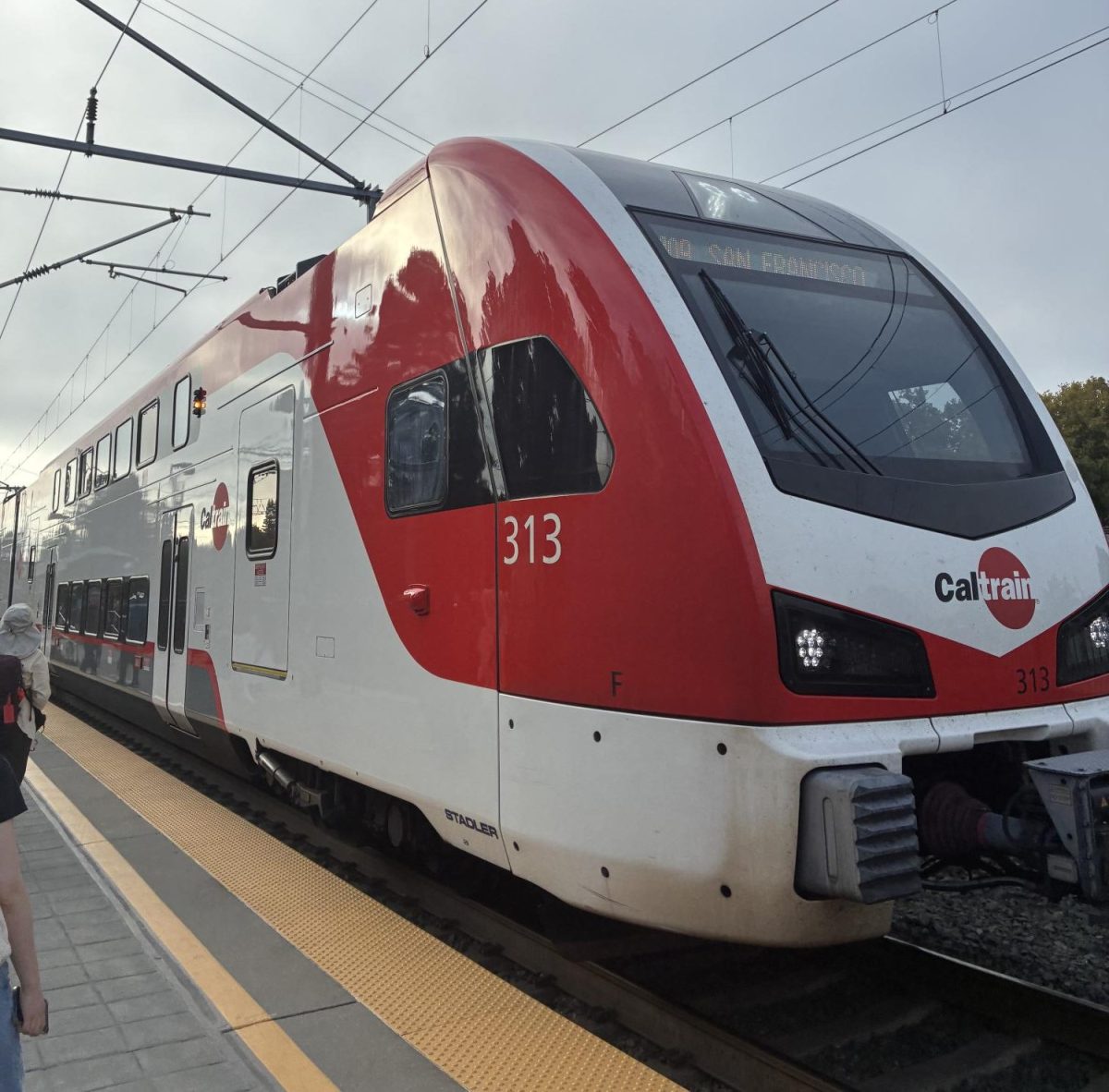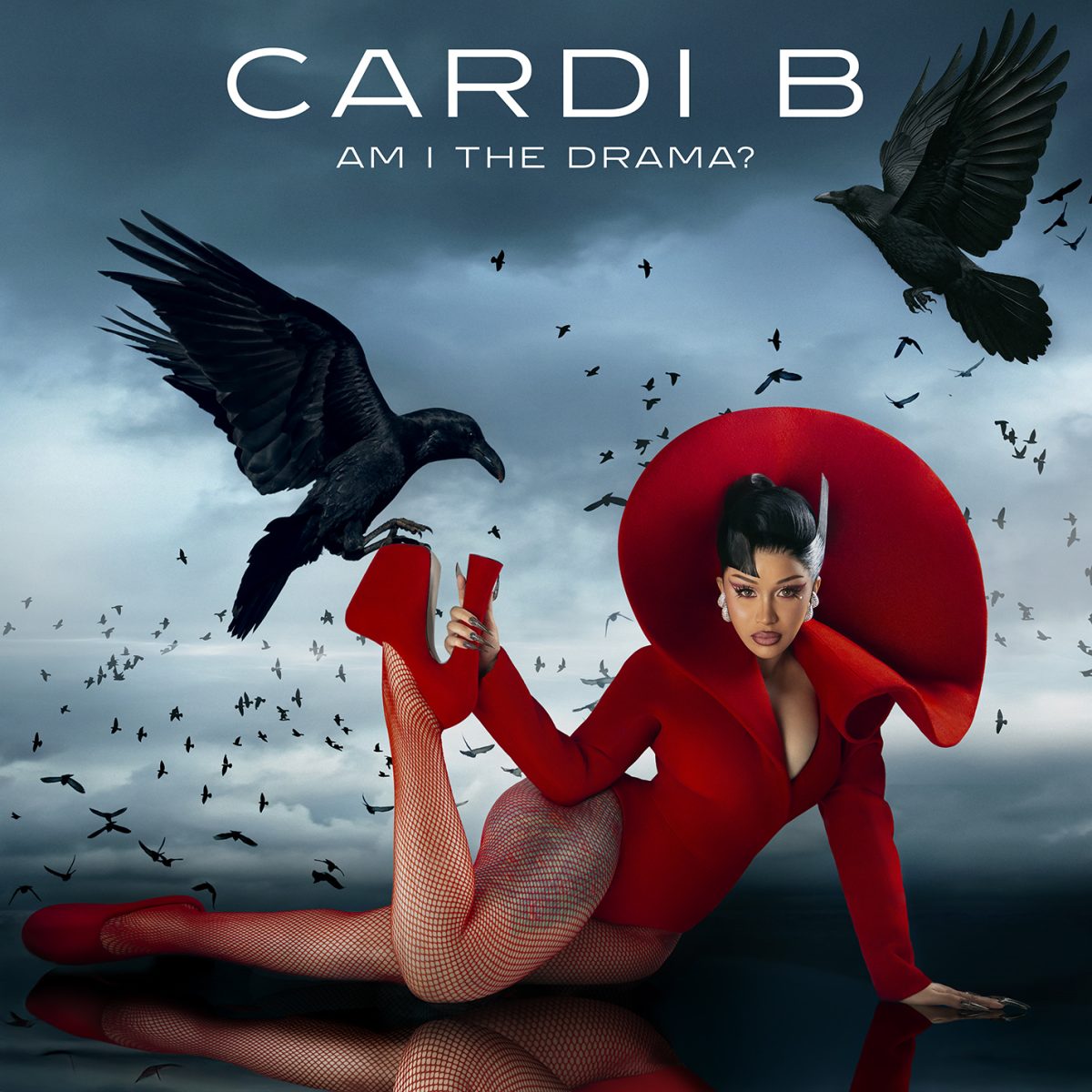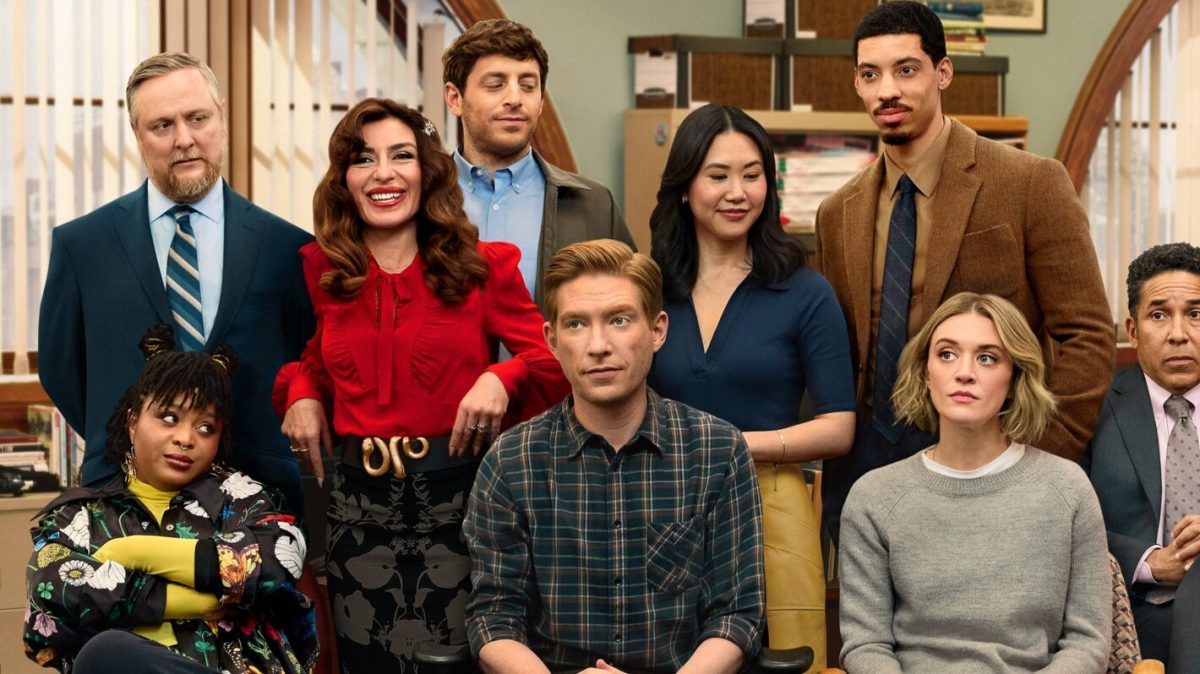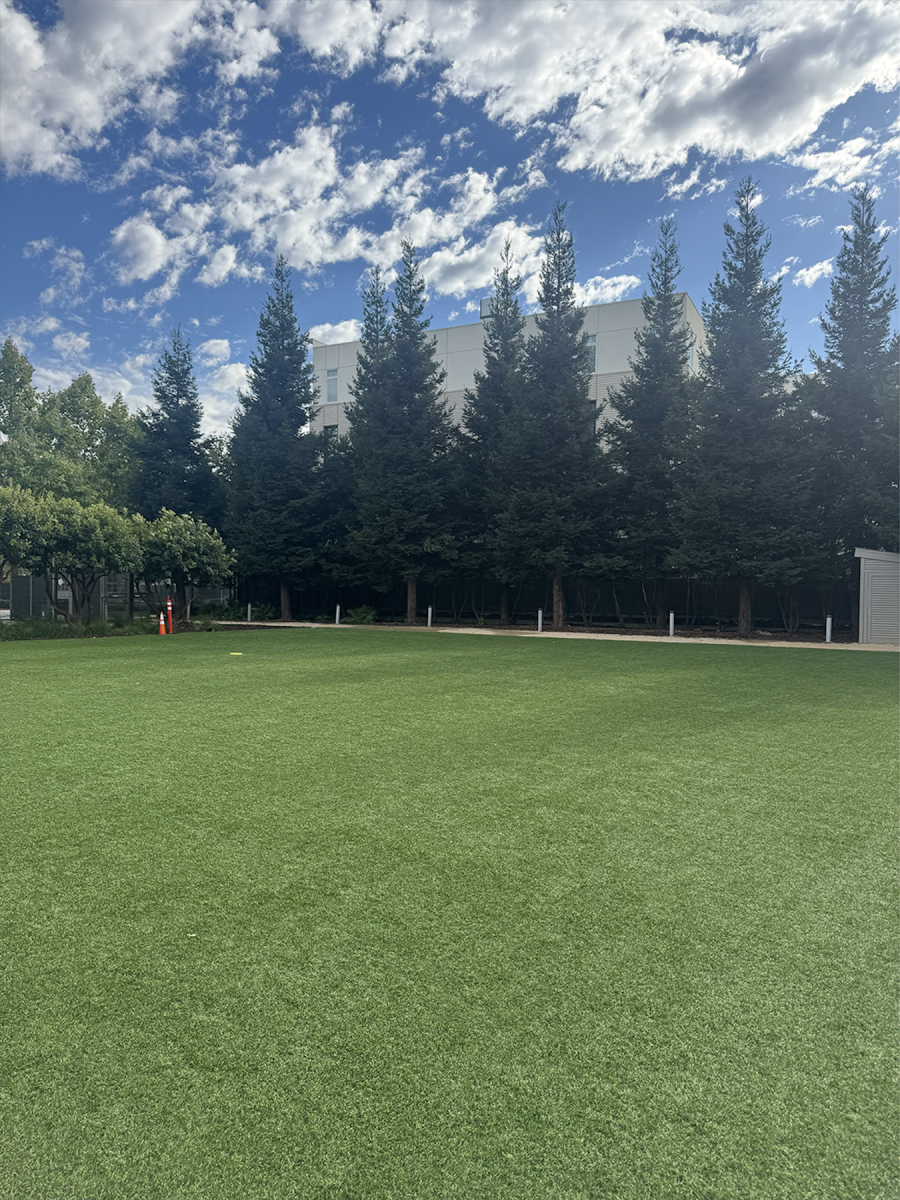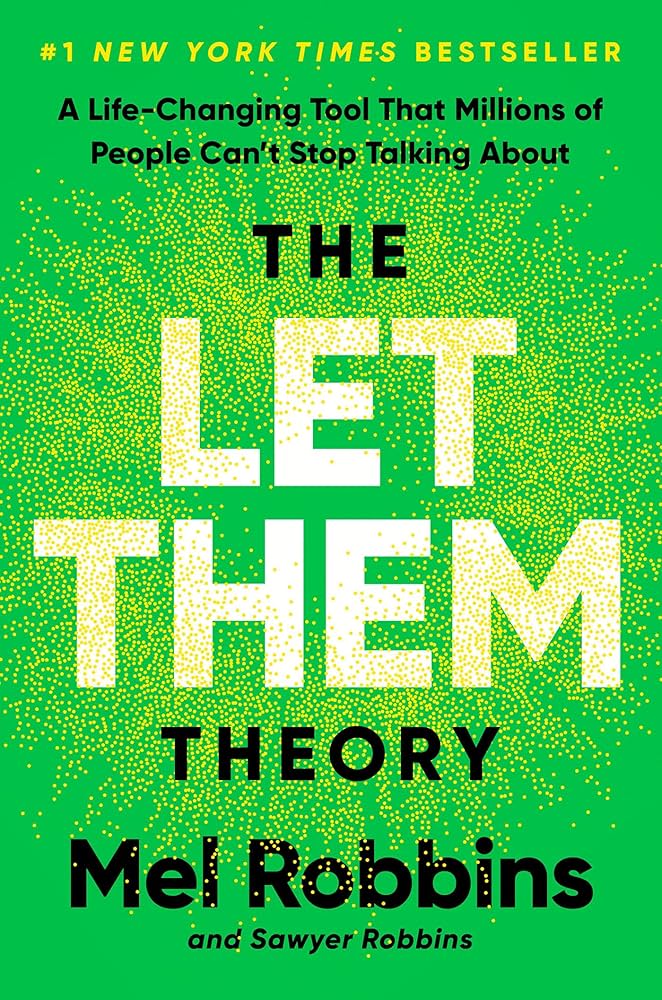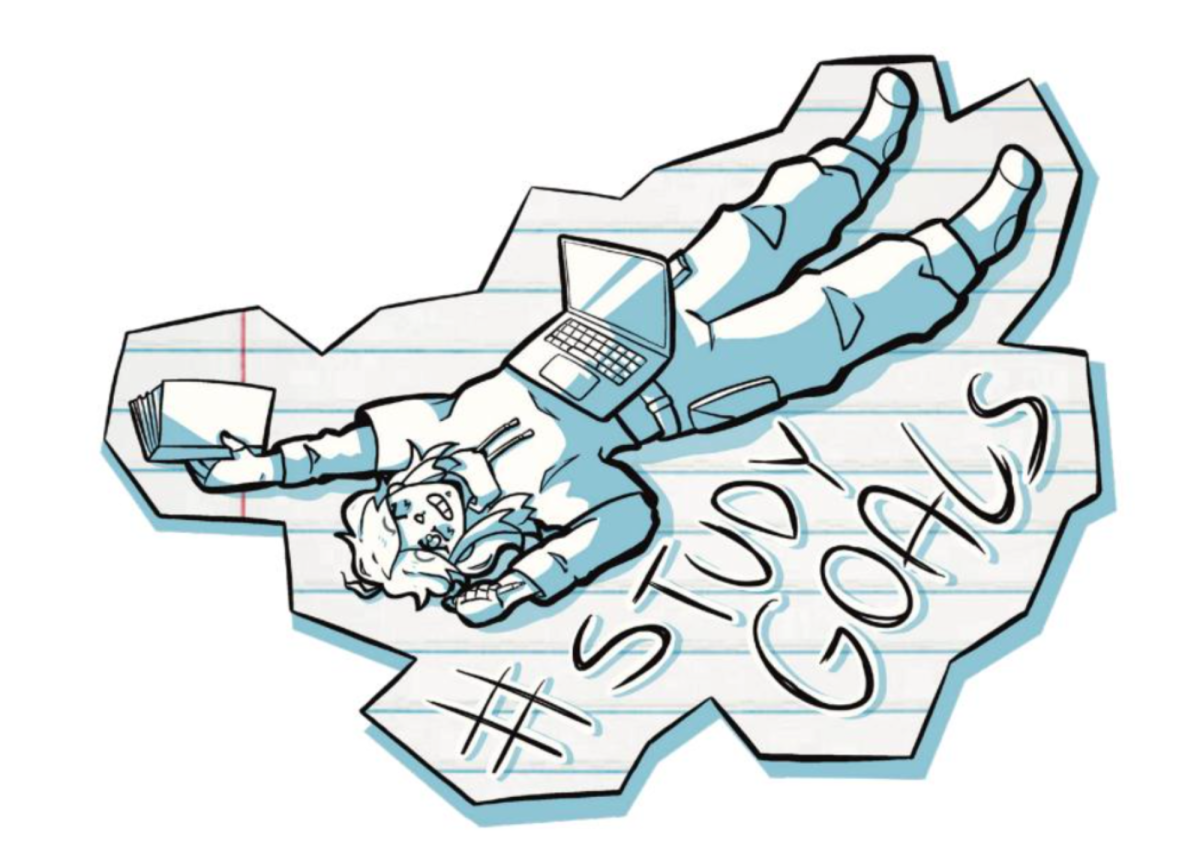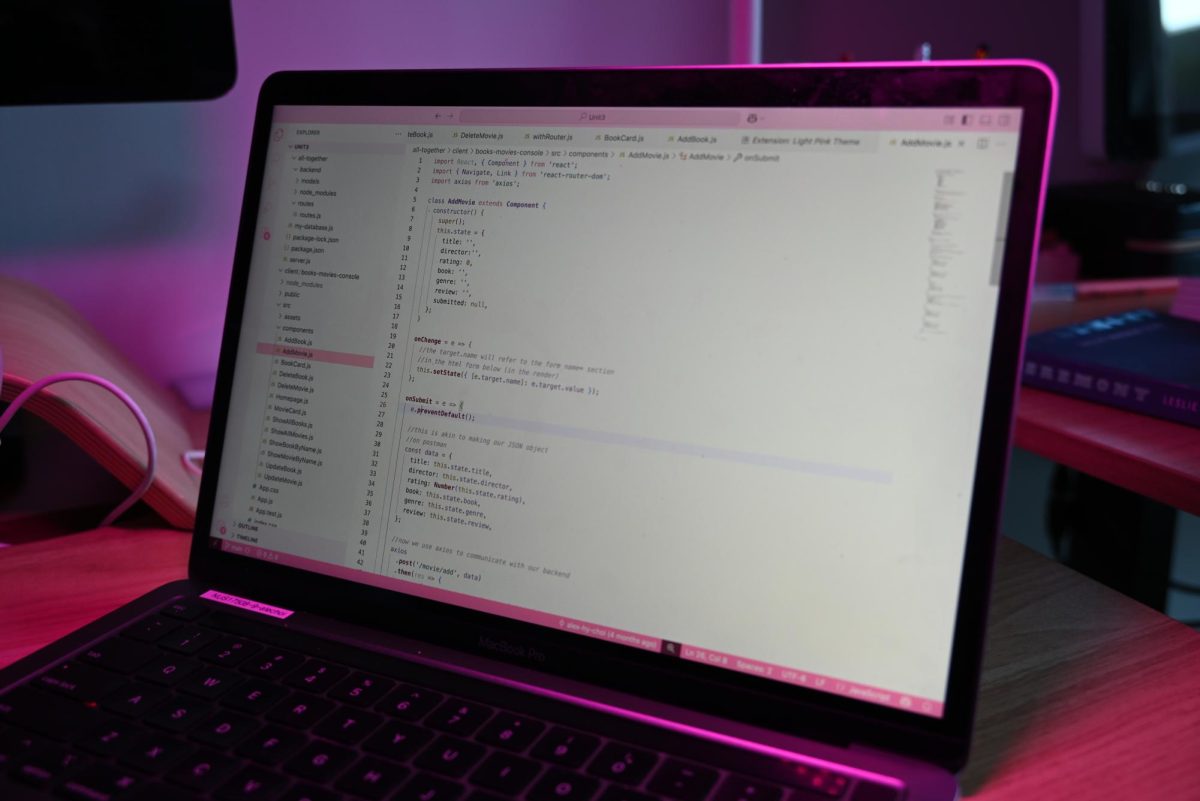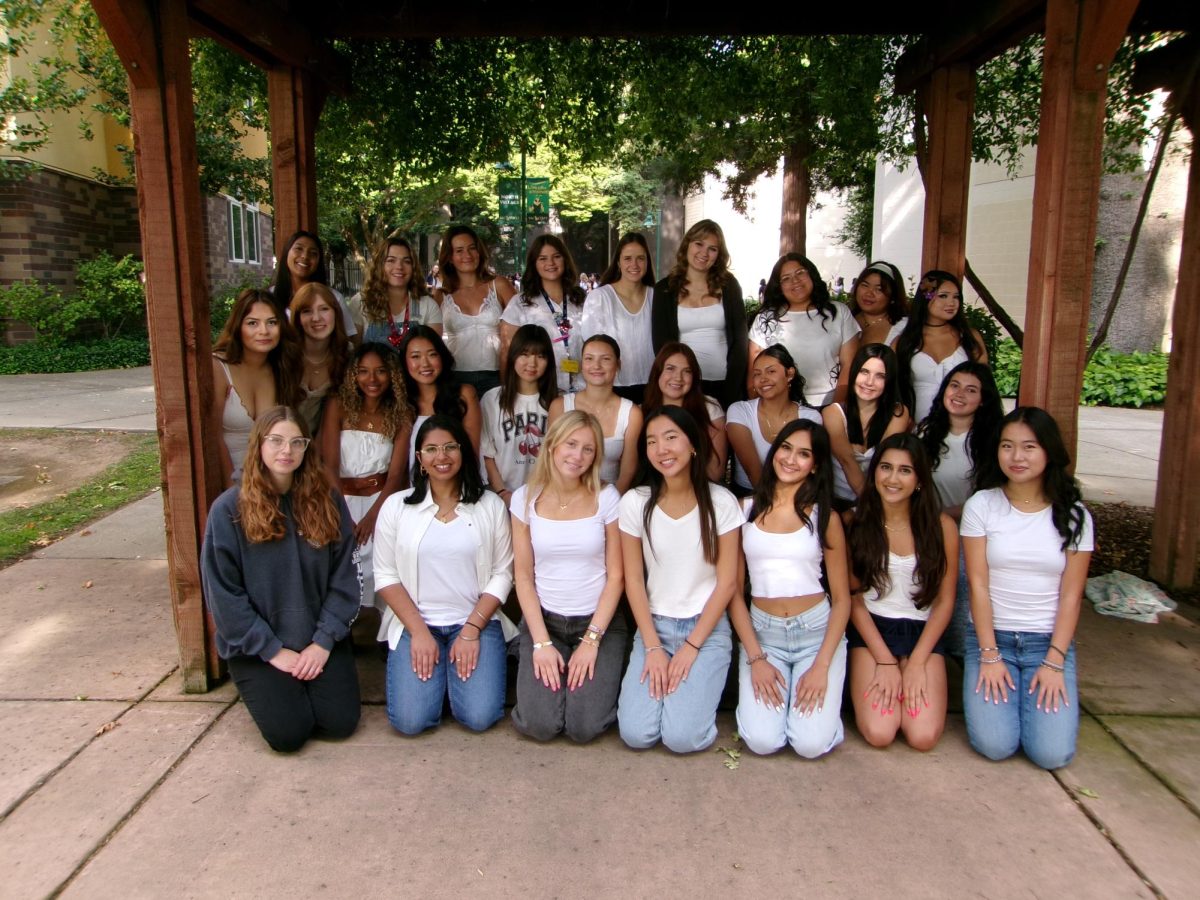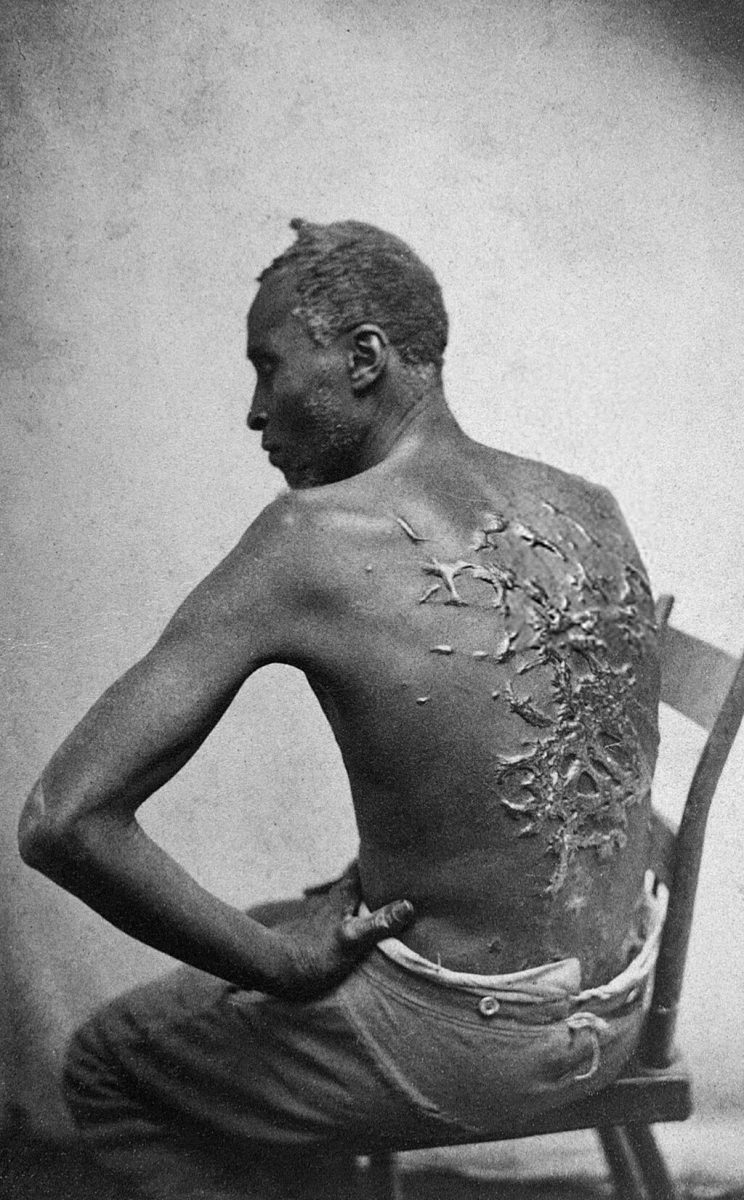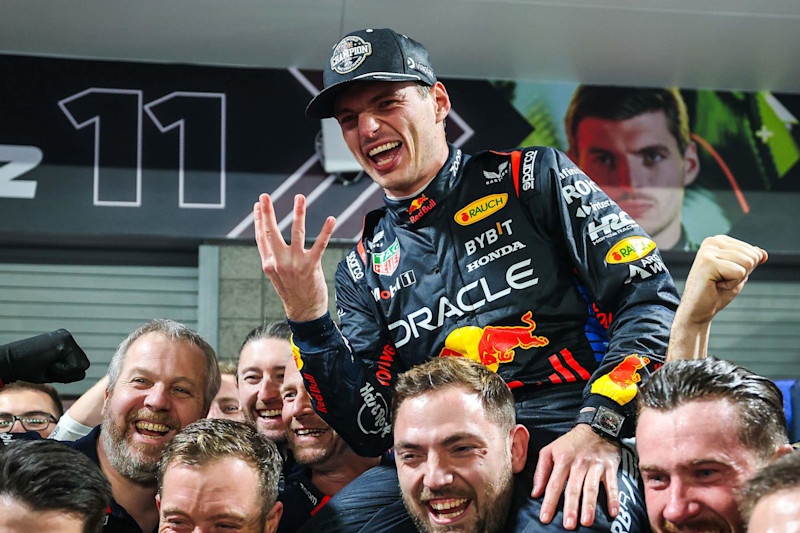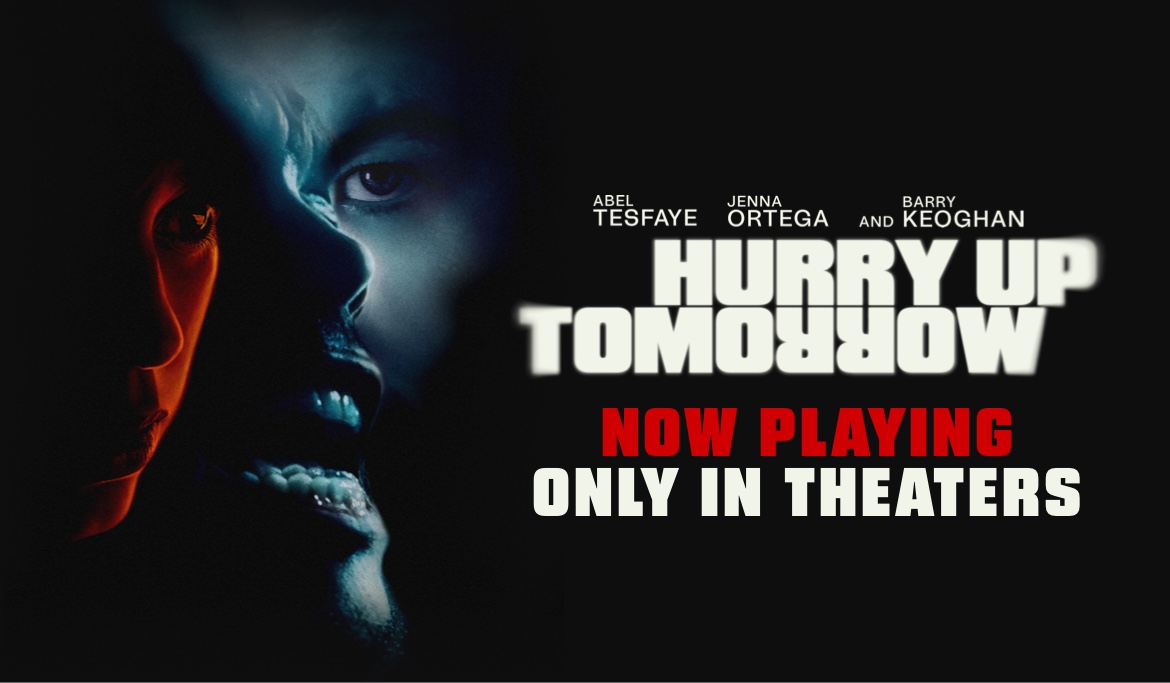Since 2018, viewership of Formula 1 races on ESPN has nearly doubled. F1 has been booming in the United States, and much of this can be attributed to Netflix’s Drive to Survive docuseries, which takes viewers behind the scenes of the sport’s major events.
Released on March 7, the seventh season covers the 2024 Formula 1 World Championship. This past year was one of the most exhilarating in racing history, brimming with high-octane content for Netflix to use. Charles Leclerc finally won his home race in Monaco after years of bad luck, VCARB shocked fans by dropping the beloved Daniel Ricciardo mid-season, and Max Verstappen continued his dominance, winning his fourth consecutive championship.
But the biggest motorsports headline of 2024 came before the season started when seven-time world champion Lewis Hamilton announced he would depart Mercedes after 12 years to join Ferrari in 2025. Netflix expertly and thoroughly depicted the frenzy that enveloped the Paddock, exploring every party that was affected.
On one end, they followed Carlos Sainz—who would be forced out of Ferrari because of Hamilton’s move. Drive to Survive included everything from his legendary start to the season, winning a race just two weeks after an emergency appendicitis surgery, to his lengthy process of signing a new contract for 2025. Viewers get a raw and emotional glimpse into Sainz’s interactions with his manager, as well as his reflections on changing teams.
On the other end, Netflix also covered Mercedes’ decision to promote George Russell to replace Hamilton as their lead driver in 2025. However, in this storyline, the producers selectively left out important details to create a dramatic storyline, falling into old habits that have been previously criticized. Their narrative suggests that he proved himself worthy after winning the Belgian Grand Prix, leaving out that his win was eventually revoked for not meeting car regulations.
This subtle narrative twisting is not limited to Russell and has been a common criticism of the show. For instance, after Lando Norris won his first race, Red Bull’s Max Verstappen was congratulatory and defended the former against reporters downplaying his achievement. However, Drive to Survive included post-race video clips from different grand prix to paint the reigning champion as grumpy and antagonistic after taking second.
Season seven does deserve praise for its creativity, though. For instance, in episode seven, “In the Heat of the Night,” five drivers were given cameras to record their weekends at the Singapore Grand Prix in vlog style, leading to a much more personal experience where viewers can sit in on flights together, dinners, and padel games. With the drivers behind the camera, they have the wheel for their videos, and more humor and personality shine through. At the end of the episode, each driver gave a diary-style reflection on their race, creating the atmosphere of a casual 1-on-1 interaction rather than a typical interview.
While Drive to Survive’s storytelling techniques can be criticized for selective focus and misrepresentation, it still captures the essence of Formula 1’s intense drama and fierce rivalries. Fans can endlessly nitpick at Netflix all they want, but ultimately, the season does an honest job of representing all 10 teams throughout the hectic year. Overall: a seven out of 10 for season number seven.

